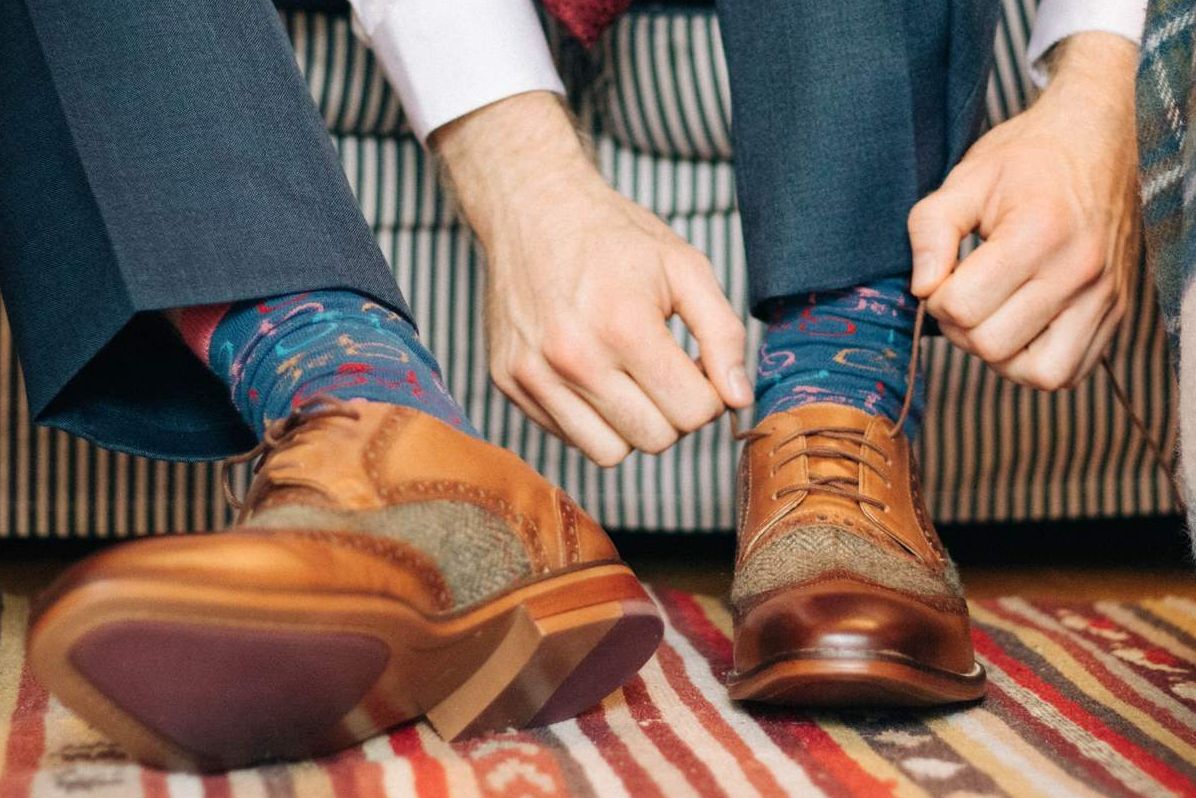38 Learning to change! One step at a time Susan Goldsworthy Situational awareness
You might have noticed that many of the activities and reflections in this unit are about looking for patterns and ways that you and your teams do things. Here is a simple and very effective way to change our behaviours, and also learn to be more aware of how we do things.
This is the activity that I hinted about in my introduction video. This is a technique from Susan Goldsworthy, an expert in change, or as she calls it, ‘choosing to change’.1 To begin, it is a short simple awareness and habit practice exercise. It is also useful for teams as they build positive habits and patterns.
Think about where you typically sit in your team, or perhaps when you go for a coffee and where you sit, or on the train or bus if you take public transport. Think about which way perhaps you drive to the shops, or where you prefer to park.
Activity

Think about some things that you do ‘without thinking’, likely on most days. Which hand to you normally use to open a door? Clean your teeth? Hold a cup or mug? Which shoe do you put on first? Where do you sit in your team meetings?
Now, choose one thing on your list to change first. So on Day 1, change 1 thing. Pick an activity that requires an ‘either/or’ decision first. Choose a simple one. Perhaps which shoe you put on first. Start with the shoe you usually do second. If you change shoes, or go to gym perhaps, be sure to again do the opposite of your usual habit. Be consistent for the day, and as you go forward.
On Day 2, continue with your Day 1 action, and add another one. Perhaps which hand you use to open a door. Try for the day to always use the other hand.
On Day 3, continue with your Days 1 and 2 new actions, and now add another one. For a laugh, perhaps try clearing your teeth with the other hand. Now, of course you might be ambidextrous. But most of us aren’t and this starts to get more challenging.
Continue for the next few days adding one more thing, and as you go, start adding more complex and people-oriented activities.
Vignette
In a recent intensive workshop that the QUT team conducted, at the end of the workshop, one participant was quite emotional. The participant noted that at home, the family had committed as a team to ‘play the game’ together. As the days went by, they started to focus more on the ways they interacted, particularly in the mornings. They changed their breakfast habits and made time to share and create the habit to do things together. Interestingly the family found that they had more time to do things, and they all felt happier and more positive as they set off to start their day.
As the example above suggests, there are all sorts of consequences of making small changes in our personal and team lives. It is a mental note to do the following:
-
1
Be aware of what we are doing right now.
-
2
Be aware of why we are doing what are doing, right now.
-
3
Think of alternative ways of doing things.
-
4
Be more aware of others around us.
-
5
Notice how others around us are ‘showing up’.
It can also be fun to share your action changes with someone you know well. Having a ‘buddy’ in these situations can useful, particularly if you want to use this approach to change something more meaningful.
Reflection
-
What are some of the things you noticed that changed as the week progressed? What stories can you share with your family? Team?
Activity
How can you use this simple technique in your team and projects?
Choose one behaviour you want to change in your own routine that you believe will benefit the team. As before, having a ‘buddy’ in this situation can be useful. Over time, you might be able to include the team in this activity set, and really work as a team to build new behaviours and habits that are effective and the team would like to have become part of useful ‘ways of working’.
As you move on to the next section, it is important to remember that change is a process and often a challenge, even as the changes bring benefits and better outcomes. We need to remember to take care of ourselves and importantly in the environment where you work, take care of each other. In earlier sections you learned about HROs and the challenges of living and working in such environments. The next section gives you some ‘tips and tools’ to use when you want to both work on the team’s emotional well-being, and also ways to learn as a team.
References
- McFarland, W., & Goldsworthy, S. (2013). Choosing Change: How Leaders and Organizations Drive Results One Person at a Time. McGraw-Hill Education.

